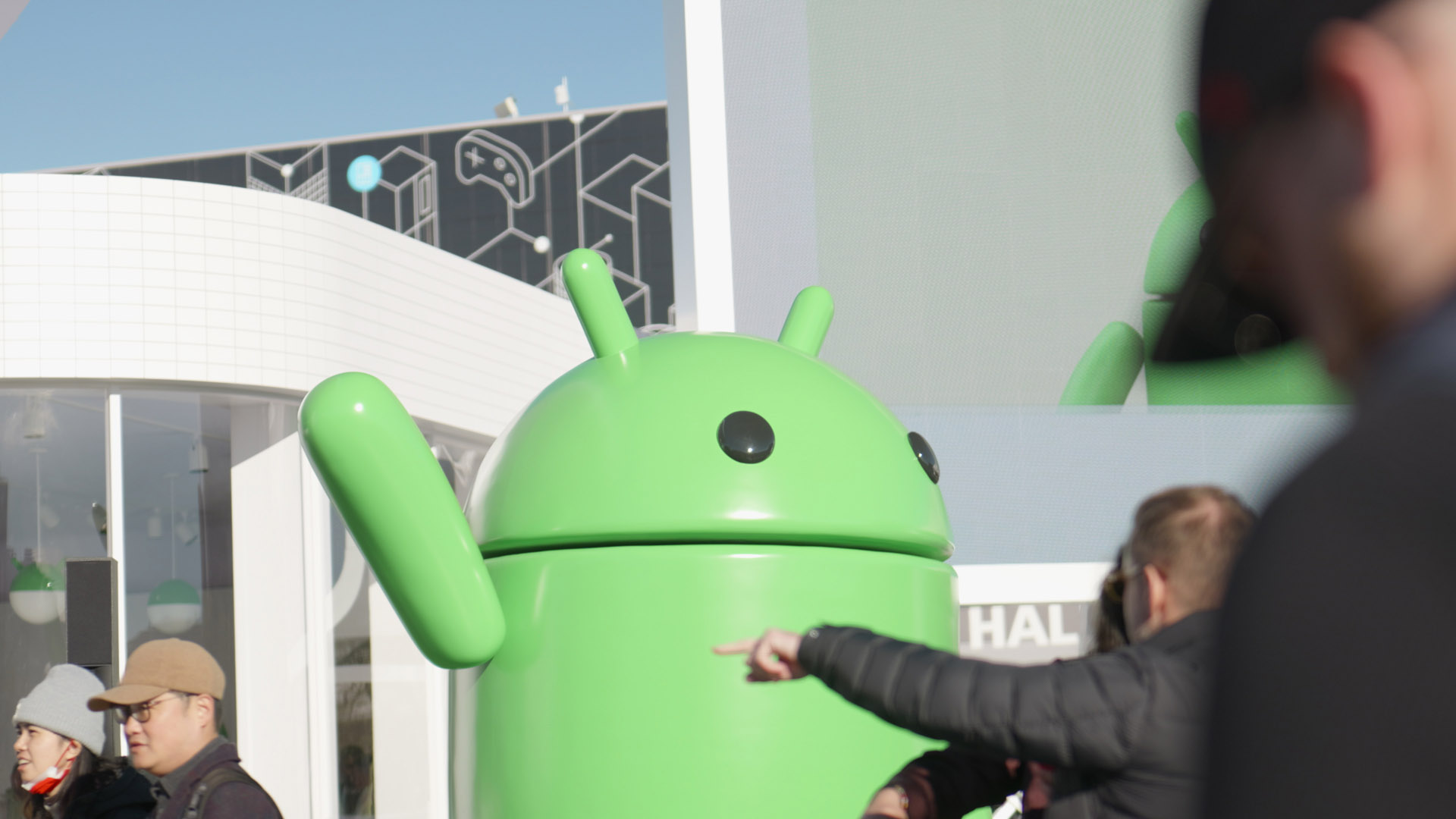Animator Aaron Augenblick led a nostalgic dive into Fleischer Studios and brothers Max and Dave’s history with a screening of restored ‘Koko the Clown’ cartoons and a lively discussion on New York’s gritty animation roots with Stephen DeStefano, Mark Newgarden, and J.J.Sedelmaier.
In the early half of the 20th century, the Fleischer Brothers - Max and Dave - created groundbreaking animated shorts that not only helped define the medium but also inspired artists and audiences for decades to come.
Koko the Clown, Betty Boop, and Popeye are among the most iconic characters in animation history, embodying a gritty, surreal New York spirit that few other cartoons have ever replicated.In my humble opinion, Disney may have made the prettiest films, but the Fleischer cartoons were the most interesting.While Mickey and Minnie were manhandling livestock in sunny barnyards, Betty Boop and friends were crashing dank jazz clubs, discovering underground cults, and breaking the space-time continuum.
You know, for kids! Sadly, the post-war era was not kind to the Fleischer legacy.Legal entanglements, family disputes, and the looming shadow of Disney’s ever-growing empire pushed these visionary films to the sidelines.For years, you were more likely to find Fleischer cartoons in dusty VHS bargain bins than in retrospectives or multiplexes.
But great art is sticky and that weird Fleischer mojo has proven hard to shake.Just look at the recent success of and the countless Fleischer toys at Comic-Con.Audiences are rediscovering the charm and strangeness of these early works.
Thankfully, they’re not alone.Enter the Fabulous Fleischer Cartoons Restored: a passionate effort led by members of the Fleischer family and an equally determined team of archivists and artists.Together, they’ve been untangling the legal cobwebs, unlocking archival vaults, and painstakingly restoring these century-old films to their sparkling, monochromatic glory.
As a lifelong Fleischer fan, this feels like nothing short of a miracle.Watching these films in pristine condition is like stepping into a time machine, allowing new generations to fully appreciate the artistry and originality of these animated treasures.Recently, I had the honor of hosting a screening of the newly restored silent films at the phenomenal Museum of the Moving Image in Queens, NY.
The event featured live piano accompaniment, an introduction from Max Fleischer’s great-grandson, and a panel discussion with a few fellow Fleischer fanatics.Joining me were three animation luminaries: J.J.
Sedelmaier (), Stephen DeStefano (), and Mark Newgarden ().Between the four of us, chances are we worked on at least one cartoon that gave you nightmares.We had an incredible time dissecting the films and joyfully geeking out over all things Fleischer.
If you’ve never experienced the strange brilliance of the Fleischer universe, now’s the perfect time to dive in.And if you're already a fan, welcome home.What follows is an edited transcript of our panel discussion, highlighting some of my favorite moments from the evening of July 12th, 2025.
Aaron Augenblick: Koko the Clown Mark Newgarden: Well, the Fleischer cartoons in New York City, they were on TV constantly.They were like tap water.You turn on the TV and you see .
was on when I was a kid.They were just part of the culture in New York City.It didn't take too long to start appreciating how different they were than some of the other cartoons that were running on other channels.
And as I grew older, I started going to museum shows and seeing some of these 1920s-era films.It's pretty remarkable that they're still so entertaining and still so imaginative.Stephen DeStefano: I think what attracted me was how weird they were.
I love the weirdness, and I think there’s something interesting about them.See, I didn't grow up with .wasn't being shown in New York when I was growing up.
But was certainly the thing for me.And the difference between the Fleischers and everybody else was they were in black and white.And that was really noticeable.
MN: You had a color TV? SD: We did! We were rich — in a very poor way.So yeah, something about the black and white made them very, very different.There's kind of a crackle to the Fleischers that no other studio really had.
And they're just so good looking.J.J.
Sedelmaier: I grew up in Chicago, so we didn't have too much exposure to them on television there.But when they did pop up, yeah, they were just weird and funky and rough and raw.But what actually got me interested in being involved in animation were their cartoons, which again, I had never seen on television.
I saw a 16-millimeter print in black and white at a festival.That rawness is what was great to see after being exposed to all the sophisticated high-end stuff.It wasn't like a Terrytoon “stupid rawness.” It was a fun, you know, New York rawness.
AA: SS: They're very New York cartoons.JJS: But the production stuff you're talking about? AA: JJS: I think that they did as best as they could do it, with the tools they had, with the people they had — MN: And the deadlines they had.JJS: Right.
And as soon as they got really good at it — the individual artists and animators — that’s when, you know, Disney and other people started knocking on the door and taking them out of there.AA: SD: Well, that's a good question.There's something really bold about it because it's black and white.
You can present these characters in color, but they’re designed to work in black and white.There's just a certain kind of iconography to them.They're so bold.
They hit you immediately, which is what a cartoon character should absolutely do.There’s real linework there.That's real pen work.
That's extraordinary to see because, I mean, almost nobody can do that anymore.And I struggle to do it.I work on an iPad, so there’s no ink involved at all.
Yeah, there's a real craft to what they're doing.All real old-school draftsmanship.AA: SD: It's interesting because that's one of the things I absolutely love about old Hollywood cartoons — you can tell when a different animator worked on certain scenes or another film.
You can see a different hand.That’s one of the best things about old cartoons for me.Like, oh, that guy did that.
But there’s definitely an evolution to the craft for sure.AA: Koko the Clown JJS: In other words, the evolution of the actual animation process? AA: JJS: First of all, what we’re seeing up there is everyone just trying to figure it out as they go.It’s not like they were using a manual — there really weren’t any, except for Lutz’s book that came out in 1920.
I’ve always felt that the Fleischer stuff was better drawn than animated.If you pulled out a drawing, it looked terrific.But that rawness and the struggle you see on screen to make it move as best as possible — that’s what endeared me to it.
It wasn’t polished.Back then, that was the best you got.And just the fact that you were seeing things move was probably entertaining in itself.
There are all sorts of techniques up there that, if you dig into how they made animation back then — cutting things out, placing them, registering — it just blows your mind.How was any of it even done? It was all kind of silly and vaudevillian.Raw jokes to get a laugh.
What was fun was when they started doing things that only animation could do.You saw that a lot with , too.They took advantage of the fact that these were drawings on film — things you couldn’t do any other way.
Once it starts to follow the laws of nature, it’s no fun.It’s when they depart from that — things disappear, pop off, and you just have to accept it — that’s what was fantastic.AA: Looney Tunes MN: Ouch.
(Laughter).I don’t think they thought in terms of what they were saying.I think the idea was getting a quick laugh, moving on to the next thing, trying to do a little bit better, and hoping nobody remembered what they did last month.
AA: MN: Oh yeah, sure.I mean, it has a very New York sensibility.If you compare it to the West Coast studios — Disney, for example — they were often doing very rural-type scenarios.
But here, the clown goes out the window and we see Times Square.I mean, that’s about as New York as it gets.JJS: I love the way they’re hopping around.
In one cartoon, you’re on Eastern Parkway in Brooklyn, then suddenly on top of 1600 Broadway.You get these quick little shots of different places, and I’m thinking, where is that? I don’t think they’re saying, “this is what life is like in New York” — they’re saying, “this is what life is like,” and it just happens to be in New York.SD: They're New Yorkers, yeah.
It's sort of coming through that filter.AA: JJS: Seeing jazz shows at 1600 Broadway! There was a nightclub in their building.The Mecca Studebaker Building was a hub of music.
They had a sign on the side of the building dedicated to Bix Beiderbecke, who used to play there.So, they were right there — like, “Let’s go downstairs,” you know? AA: JJS: There’s a lot of humor in my shorts.(Laughter).
Boy, that laugh died fast.SD: You had me thinking, that’s why.JJS: I just wonder if we’re reading more into it than was actually there.
I think it was about making a buck and surviving.You hear the same thing when you talk to comic book artists.MN: Absolutely, yeah.
JJS: They just wanted to work.“Hey, we’ve got this thing, we’re making movies, we’re getting exposure.My name’s up there, I guess I’m the guy.” And before they knew it, they were big — doing a lot of work and managing a lot of people who ultimately weren’t happy because they weren’t being treated the way they thought they should be treated.
That’s why the Fleischers moved to Florida.Disney confronted it too: “But I’m a benevolent person who is running things.Why is everyone upset?” These guys had momentum, they had success, and I think the Fleischers were pressured into trying to compete with Disney.
That's a tough one.AA: SD: Yeah, I do, for sure.AA: SD: That sounds right.
I don’t know.There’s just a certain Fleischer flavor.Maybe darkness is part of it.
MN: Certain cynicism, I think.JJS: It's a cartoon, let's end the world! We can do it, why not? (Laughter).SD: I love that Fitz really wants to end the world.
That’s the best part.AA: MN: They were both dogs.AA: MN: Not technically, no.
AA: MN: No.Gertie the Dinosaur.AA: MN: Sure.
Yeah.JJS: Felix happens around the same time.MN: I love the fact that they don’t even bother to give this clown a name in the early shorts.
AA: SD: Walter Lantz did it too.A lot of people.JJS: Winsor McCay.
AA: JJS: Part of the whole chalk talk, yeah.You know, a stage presentation.The drawings wouldn’t have existed without the artist or something.
MN: Right.That was McCay’s shtick, basically.SD: I will say, Max is funny.
AA: SD: He’s good.But he’s no Buster Keaton.AA: MN: Well, if Koko is Dave, that answers a lot of questions.
AA: MN: Well, we saw the picture of Dave in the clown suit, didn’t we? SD: I mean, if you want to go political, there could be a little political thing there — the clown is the worker, and he’s messing with the boss, which is inherently funny.That’s always funny.MN: There was a TV version years later, and Koko constantly referred to him as “the boss.” AA: JJS: And you take revenge! AA: JJS: And I’ve loved Aaron’s stuff for 25 years.
AA:
Aaron Augenblick is an animator, writer, director, teacher, and creator of PBS KIDS’ ‘City Island.’ He founded Brooklyn’s Augenblick Studios, producing ‘Ugly Americans,’ ‘Superjail!,’ ‘Wonder Showzen,’ and ‘The Jellies.’
‘City Island’: Aaron Augenblick’s Most Autobiographical Project Yet
Exclusive: Augenblick Studios Shares 25th Anniversary Showreel
Augenblick Studios Celebrates 25 Years with a Musically Charged ‘City Island’ Season 2
Future Brain Media Releases First Official ‘City Island’ Soundtrack
Podcast EP 213: Aaron Augenblick and His Pitch for PBS’ ‘City Island’
J.J.Sedelmaier Teams with Bill Plympton for Animated Ford Commercial
J.J.
Sedelmaier Coming to Big Screen Plaza Event
J.J.Sedelmaier Screens Ace And Gary In Ottawa
Museum of the Moving Image Presents ‘LAIKA: Life in Stop Motion’
Animation At The Museum Of The Moving Image









